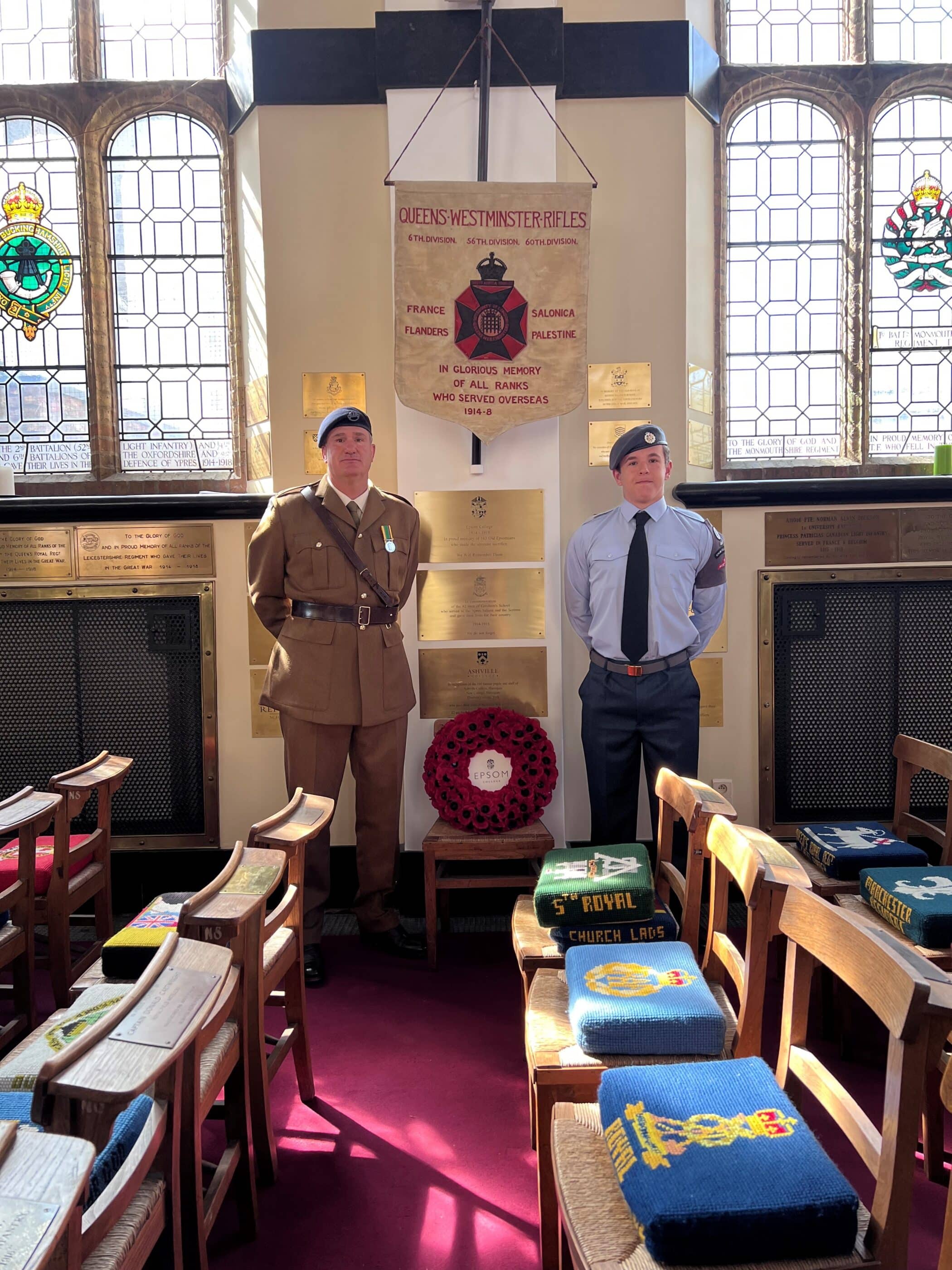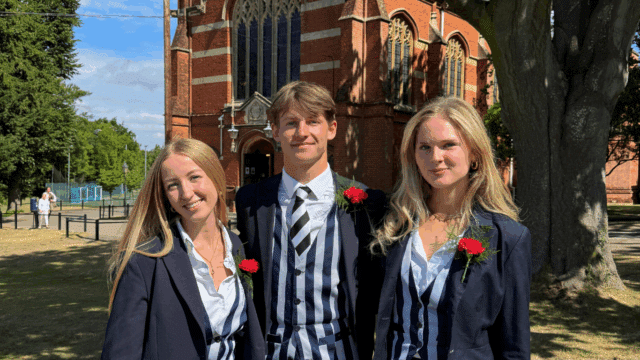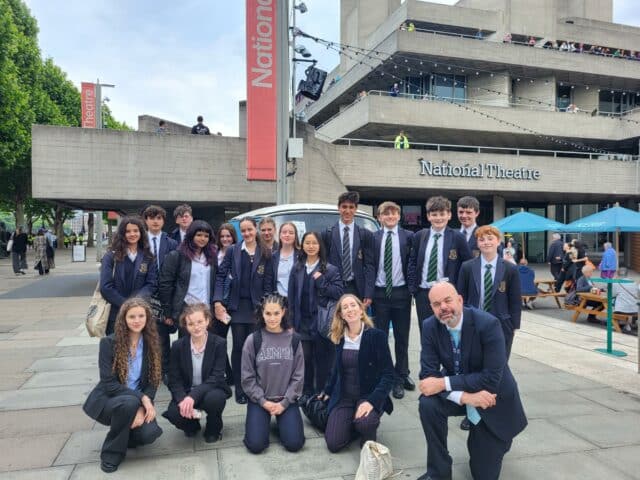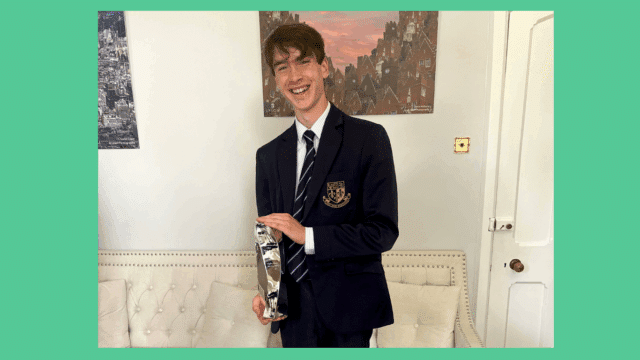CCF and Archive Trip
In addition to the Year 9 History trip another group were also in Belgium over half-term. Ben MacDowel and Rebecca Worthy led a combined CCF and Archive trip, primarily to rededicate the plaque in St George’s Memorial Chapel, Ypres. Earlier this year, the plaque had been replaced to reflect the updated and final number of OEs who died in WWI; bringing to a close the enormous amount of research that has taken place to identify and learn the stories of these lost OEs.
The trip was blessed to have Canon Andrew Haviland in attendance who conducted a moving service which was especially poignant as all 163 names were read aloud in the Chapel by current pupils.
In addition, the group visited three OE graves in Lijssenthoek Military Cemetery to place wreaths accompanied by a Service of Remembrance by Canon Haviland. The group visited several historical sites including Talbot House Museum in Poperinge and the Ramparts Cemetery where war poems were recited by the pupils.
The trip was hugely lucky to have Sir Anthony Seldon at the historical helm making it a unique and special experience for everyone involved.
Year 9 History Trip
Annabel English (Year 9, Crawfurd) tell us all about the History trip to Ypres, Belgium, over the half-term break:
“Though we only spent two days in Ypres, Belgium, the trip was a fascinating and immersive insight into the life of a soldier on the Western Front.
We began in Poperinge, visiting a prison cell where condemned soldiers would have been held before trial. We read the notes soldiers had left scratched on the walls, and imagined how these men might have felt.
Next, we saw the grave of Noel Chavasse, a British soldier and doctor who is one of only three men with two Victoria’s Crosses. We were offered a further insight into trench warfare at Hooge Crater Museum, walking through some reconstructed trenches which allowed us to empathise more with the soldiers that once spent days here, making this activity my favourite part of the trip. We stood on Canadian soil at St. Julian’s Memorial, which marks the first-ever gas attack and explored the history of this type of warfare.
After arriving in Ypres, we saw the Epsom College memorial plaque in St. George’s Memorial Church that had been rededicated only days earlier, before attending the Menin Gate ceremony in which two students – Ruby and James – laid down a wreath.
The following morning we learned about mining warfare, and we saw the vast Caterpillar Crater, created after the British exploded a German base by mining under the land and planting thousands of tonnes of ammunition. We saw the graves of five Epsom College alumni, at Tyne Cot and Lijssenthoek cemeteries, and learnt more about their individual stories. It was melancholic to think that these Epsomians once walked the very hallways we do at the College.
Additionally, we read letters written by a young German soldier whose grave we visited at Langemark cemetery. It was fascinating to hear an alternative perspective of World War I, as this is a crucial aspect of studying History. Finally, we walked throughout the Memorial Museum Passchendaele, and explored a model of the bunkers used during the war, allowing one to picture the lives of the soldiers. I’m grateful to have experienced Ypres and feel as though I now have a better understanding of the unique events and tactics of World War I, and of the lives of the many gallant soldiers that fought.”





